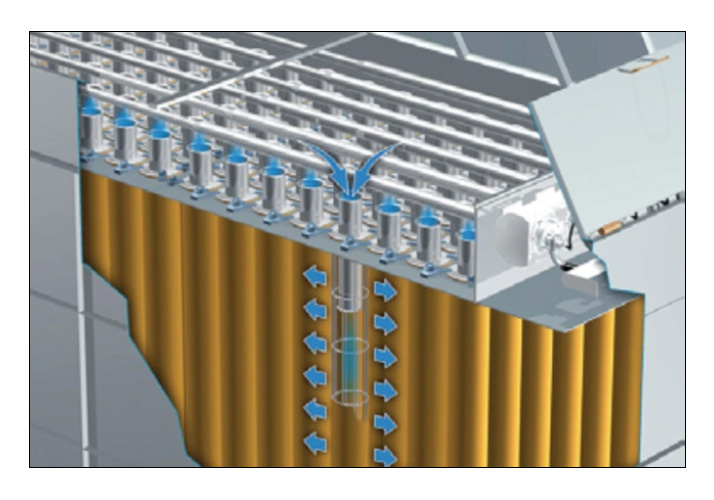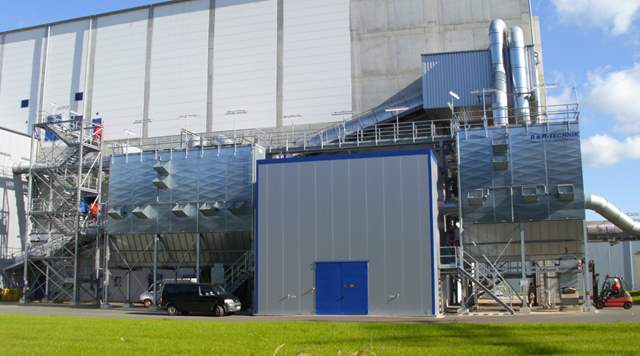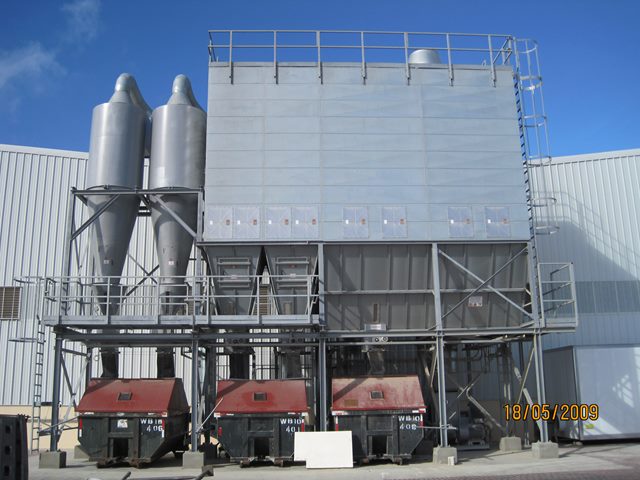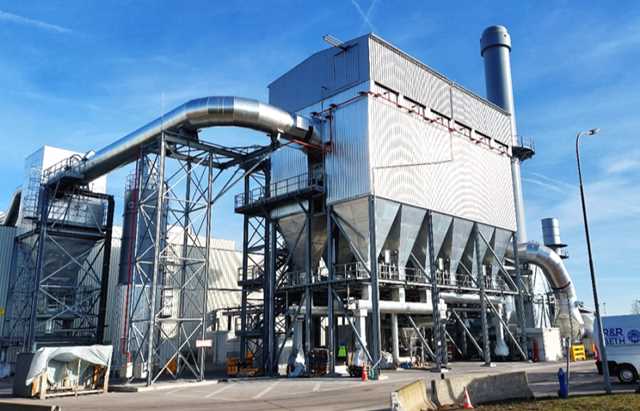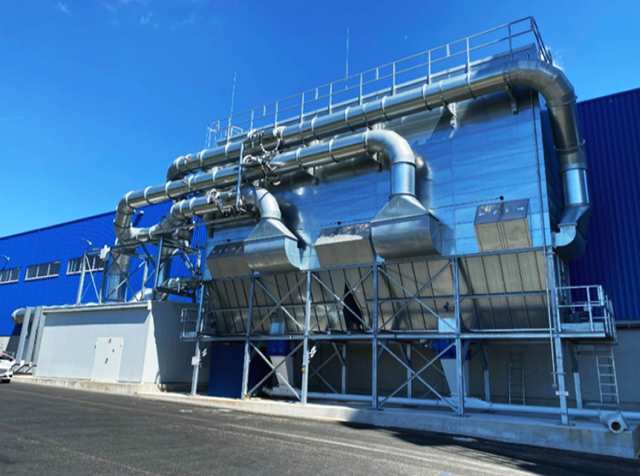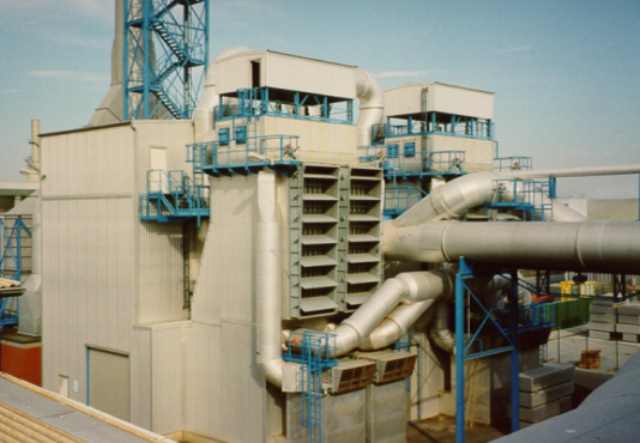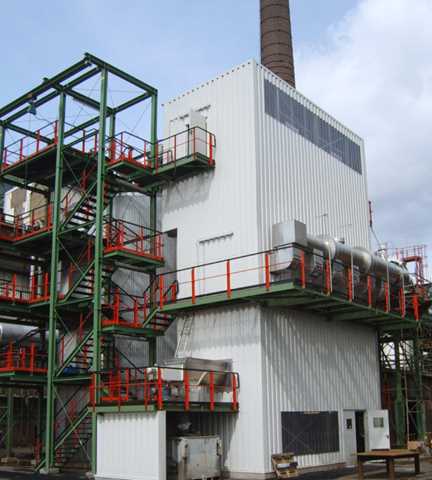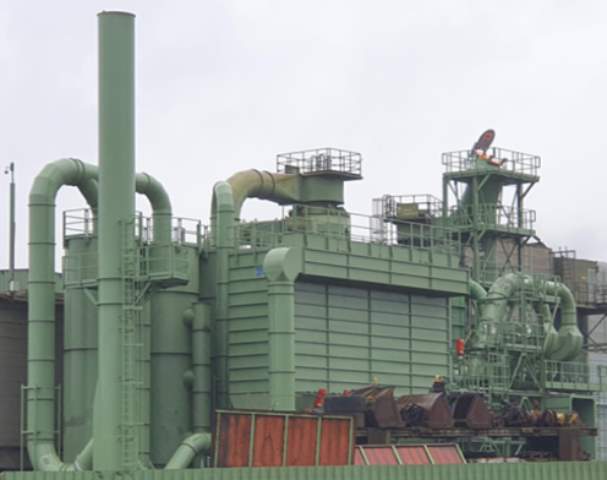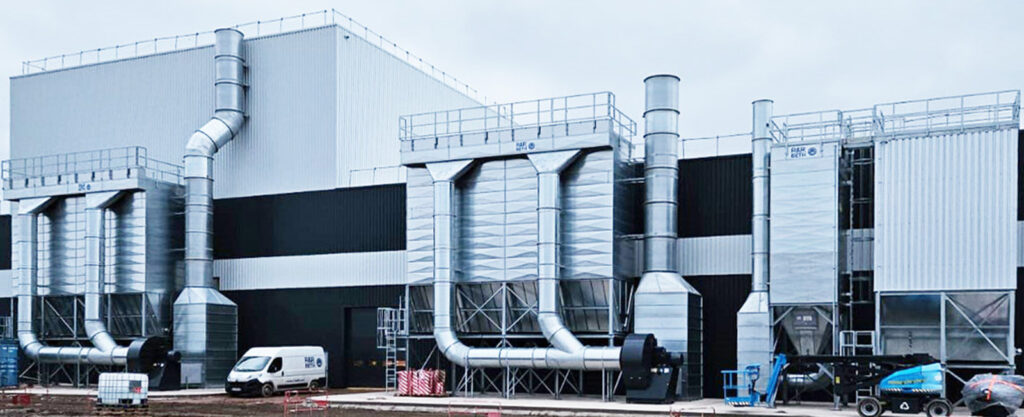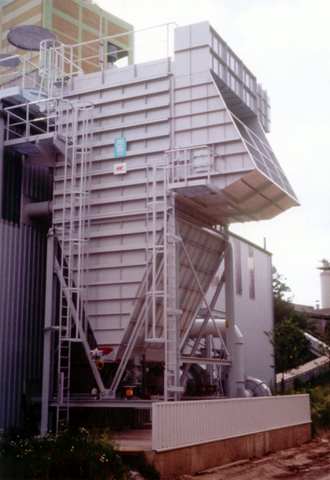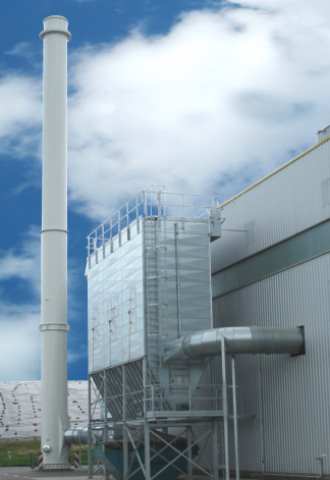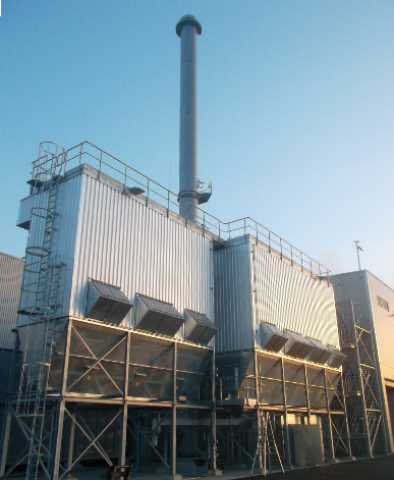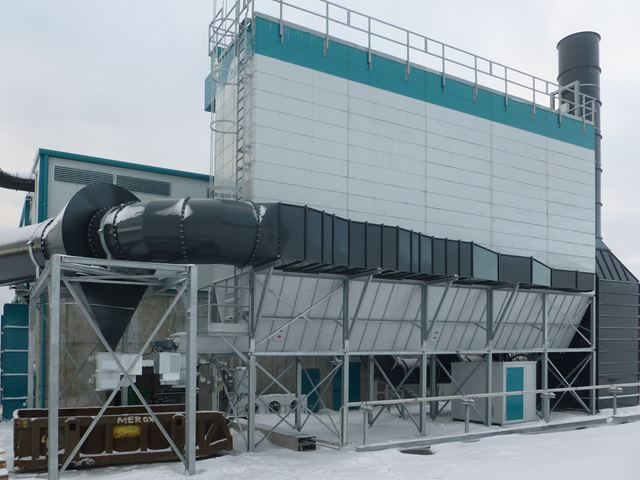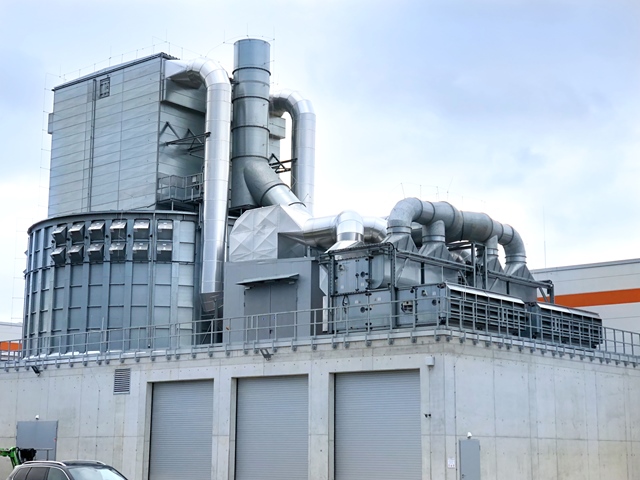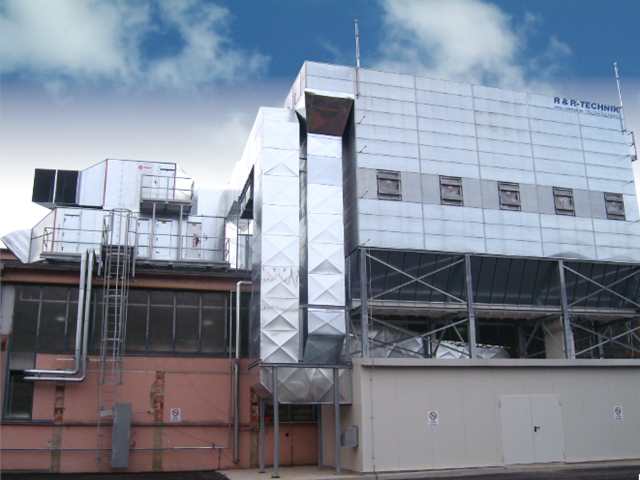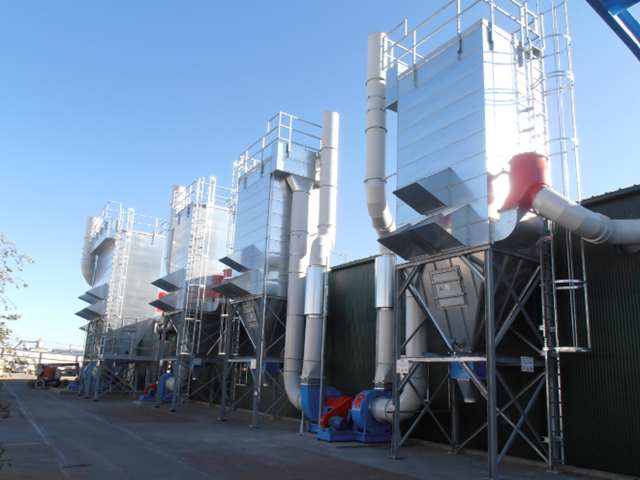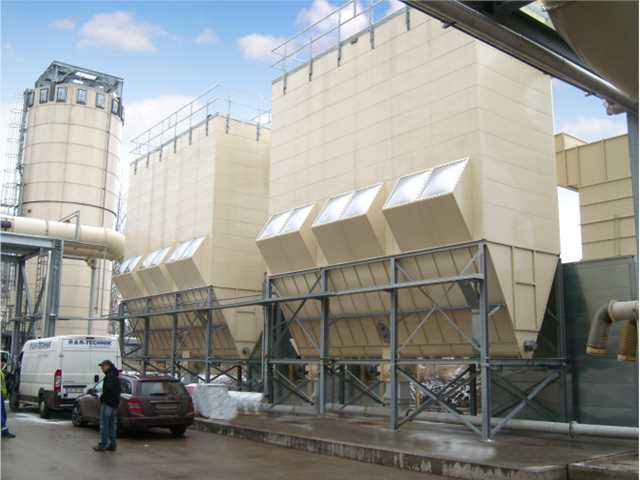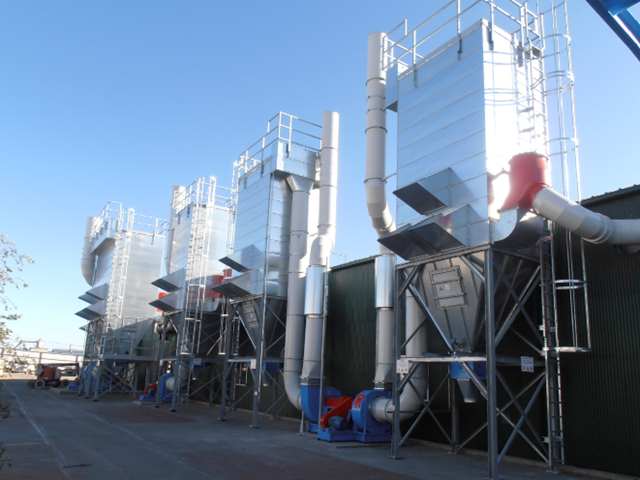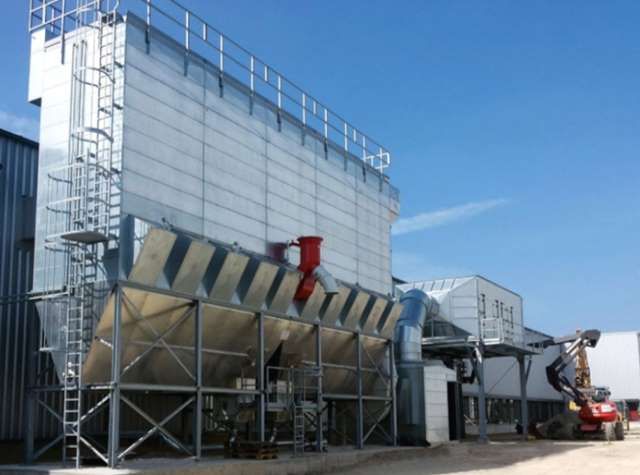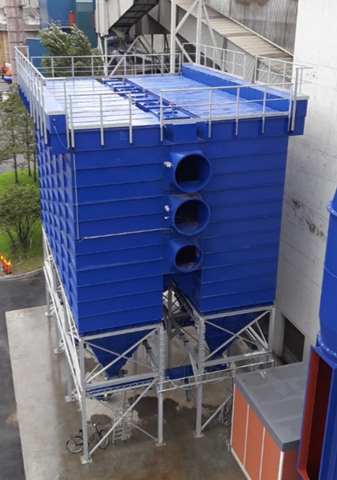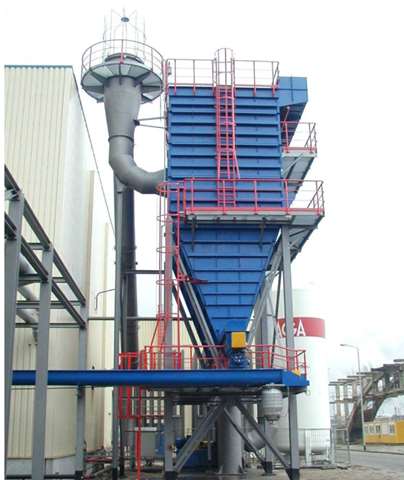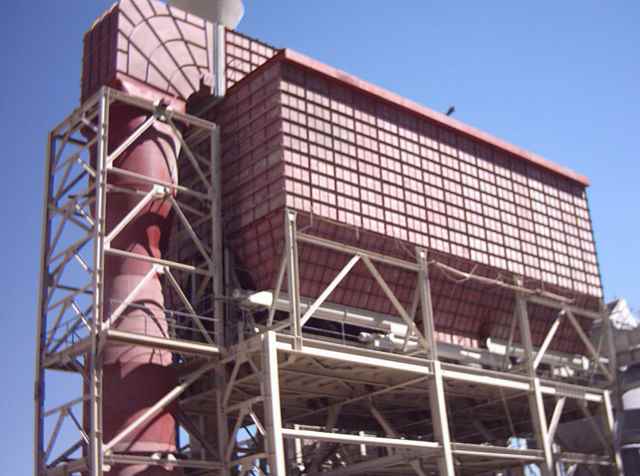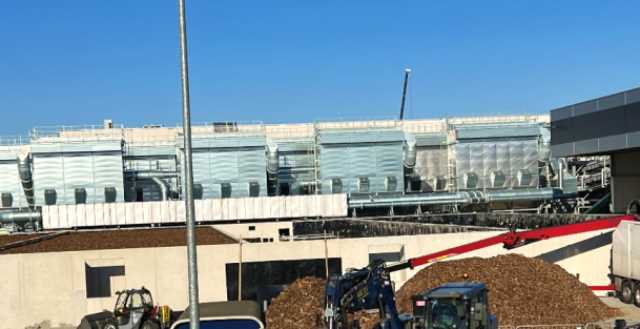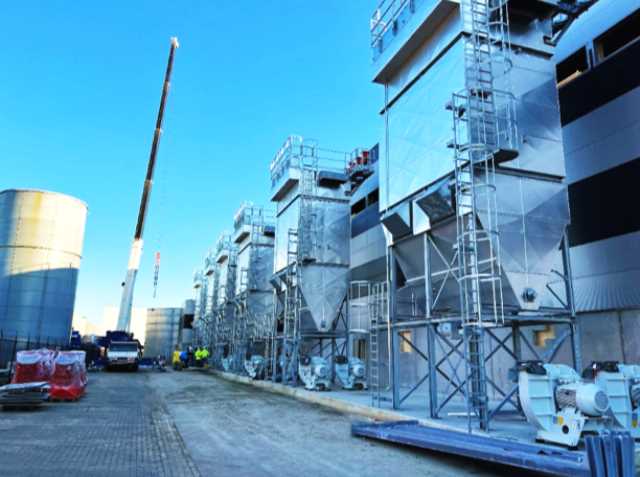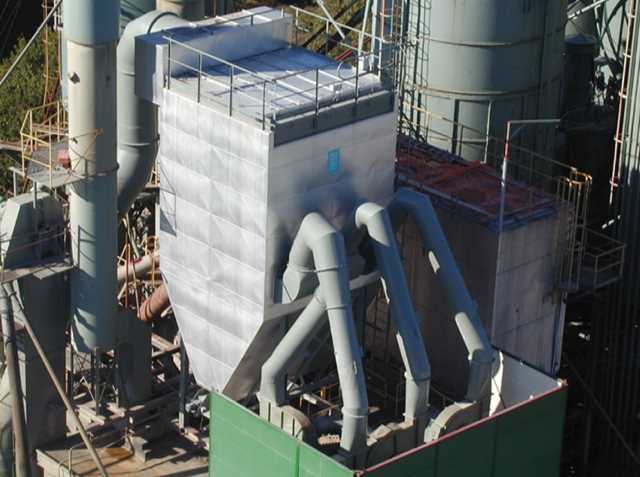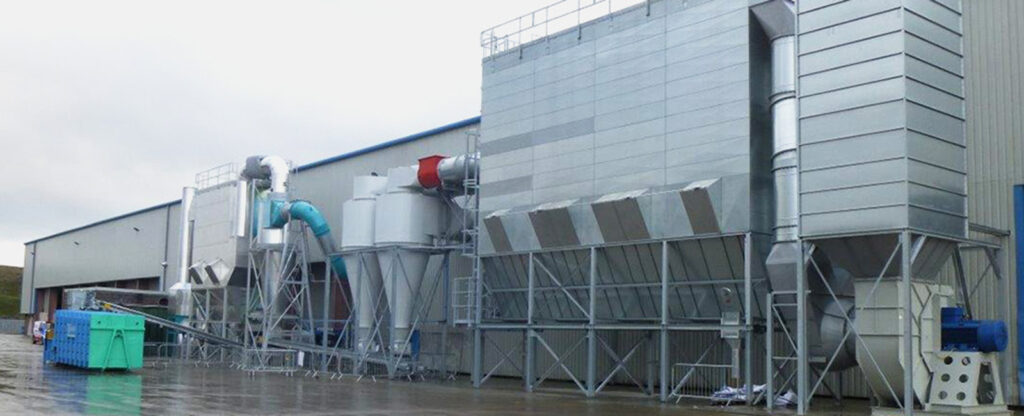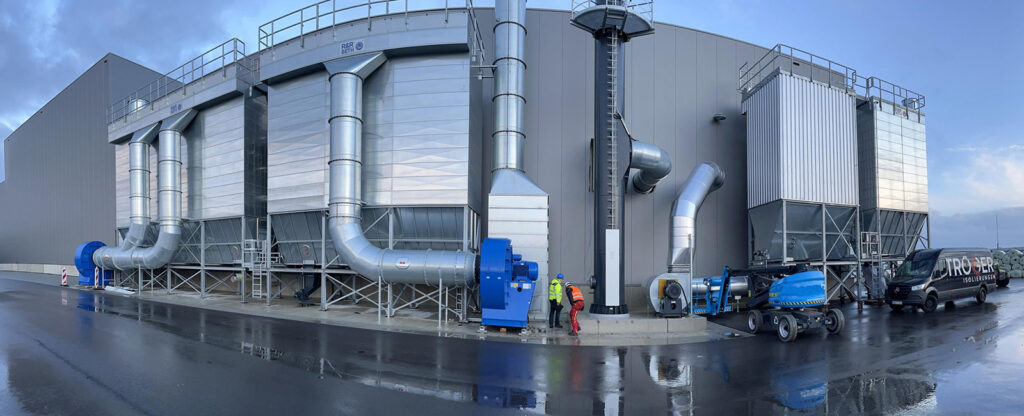R&R-BETH® bag filters are used to clean process air and exhaust gas streams with a wide range of pollutant loads.
Depending on the application, the R&R-BETH®bag filter systems can be operated in a continuous cleaning process with compressed air pulses in “online offline mode”, with rinsing air in “offline mode” of individual filter chambers or in a discontinuous cleaning process with vibration cleaning.
A very large selection of technical filter media, a process-oriented design of the inflow of the raw gas and a robust construction enable the use of R&R-BETH®bag filter systems in the harsh environment of almost all industrial sectors.
The separation of dust, ash and smaller pieces of material enables reliable cleaning of the process air up to 250 °C and also enables an almost quantitative recovery of particulate and dusty recyclable materials.
By using various additives, additional inorganics and organics including dioxins/furans, PAH and PCB compounds as well as heavy metals can be separated.
Environmental regulations are reliably and permanently complied with while adhering to the specified emission values and taking into account a wide range of upstream production processes.
Different designs, pressure-resistant and pressure-shock-resistant housings and substructures with static verification enable optimum adaptation to each individual application.
FUNCTIONAL PRINCIPLE “ONLINE CLEANING”
In so-called “online processes”, cleaning takes place during ongoing filtration. The raw gas enters the lower section of the filter housing. The raw gas is first separated into clean gas and dust at the filter bags.
FUNCTIONAL PRINCIPLE “OFFLINE CLEANING”
The filter is designed as a chamber construction on the raw and clean gas side. The raw gas enters the lower section of the filter housing via the raw gas duct. The raw gas is separated into clean gas and dust at the filter bags.
To clean the filter bags, one filter unit (of the filter housing divided by partitions) is taken out of operation on the clean gas side by a pneumatically operated poppet valve. Each row of filter bags (of the filter unit removed from the filtration process) is backwashed through the nozzle pipes arranged above the filter bags. For this purpose, compressed air accumulators with integrated diaphragm valves and encapsulated solenoid valves are arranged in the filter head.
An electronic control unit activates the solenoid valves one after the other in a periodic sequence. The compressed air escaping from the accumulator is directed into the filter bags in a row via the nozzle pipe and the jet pipes assigned to the individual filter bags. The compressed air jet entrains clean gas due to the injector effect. The mixture of compressed air and clean gas suddenly backwashes the filter bags.
Once the filter bags have been cleaned and a delay time has elapsed, depending on the application, the filter unit is put back into operation by opening the disk valve and is back in the filtration position. The next filtration unit is then removed from filtration mode for cleaning. For maintenance purposes, each filter unit can be shut off on the raw and clean gas side.
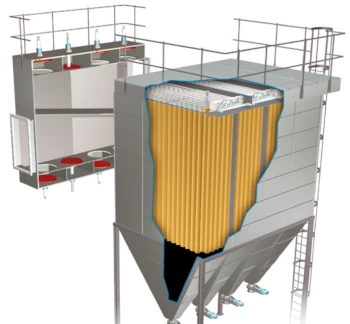
Filtration phase
The nozzle pipes arranged above the filter bags clean each filter bag row individually from the others using compressed air. For this purpose, compressed air accumulators with integrated diaphragm valves are arranged in the filter head. These are actuated by encapsulated pilot solenoid valves. The solenoid valves are activated periodically by an electronic control unit.
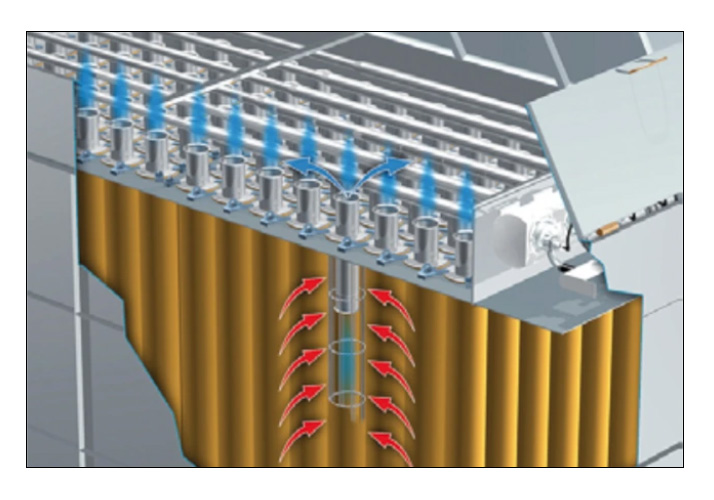
Cleaning phase
The compressed air escaping from the compressed air reservoir is fed into the filter bags via the nozzle pipe and the jet pipe injectors located directly above the filter bags. The compressed air jet entrains secondary air from the clean gas chamber due to the injector effect. Thanks to this effective cleaning method, even filter bags with a length of up to 7,000 mm can be safely cleaned.
